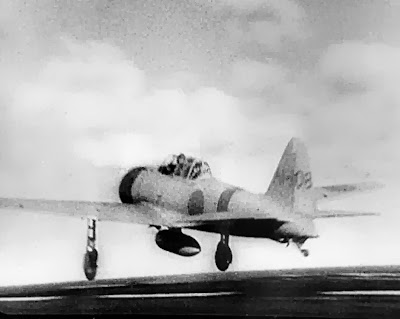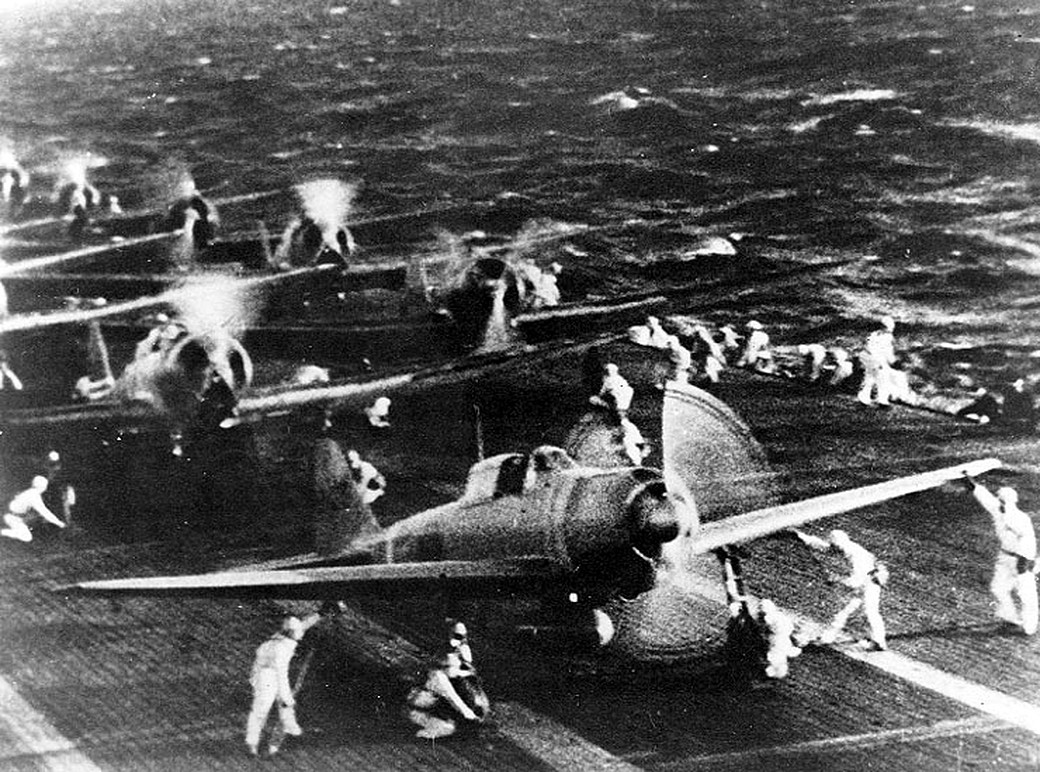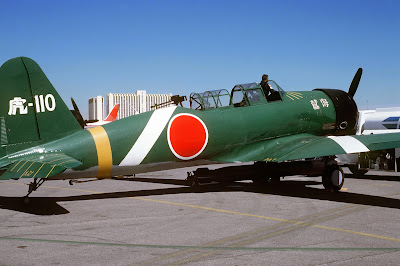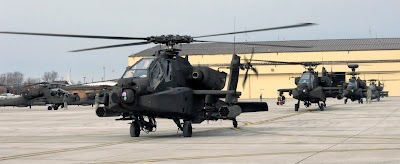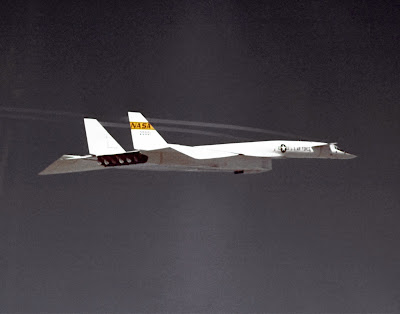The F-4 Phantom II is a twin engine, all weather, tactical fighter-bomber. It originally performed three tactical air roles: air superiority, interdiction and close-air support.
In its air-to-ground role, the F-4 Phantom II could carry twice the normal load of a World War II-era B-17 bomber. Weapons and/or external tanks can be carried on nine external store stations. A typical configuration for an F-4C in 1967 consisted of four AIM-7E and four AIM-9B air-to-air missiles, and eight 750-pound Mk 117 bombs.
The aircraft also carried two external fuel tanks on the outboard pylons and one ALQ-87 electronic countermeasures (ECM) pod on the right inboard pylon. The F-4E also had an internally mounted 20mm multibarrel gun with improved fire-control system.
When operating in the attack or close air support role, the aircraft normally carried air-to-air missiles for self protection.
The aircraft continued to serve the Air Force, including a vital role in Desert Storm, until it was retired in 1996.
This Web site is provided as a public service by Holloman Air Force Base, 49th Fighter Wing Public Affairs.
ABOVE: Information presented on this Web site is considered public information and may be distributed or copied. Use of appropriate byline / photo / image credits is requested.
This image or file is a work of a U.S. Department of Defense employee, taken or made as part of that person's official duties. As a work of the U.S. federal government, the image or file is in the public domain.
Generally speaking, works created by U.S. Government employees are not eligible for copyright protection in the United States. See Circular 1 "COPYRIGHT BASICS" PDF from the U.S. Copyright Office.
An air-to-air right side view of an 81st Tactical Fighter Squadron F-4E Phantom II aircraft releasing 18 Mark-82 500-pound bombs over the Bardenas Reales Gunnery Range. (U.S. Air Force photo by Staff Sgt. David Nolan)An air-to-air right side view of an 81st Tactical Fighter Squadron F-4E Phantom II aircraft releasing 18 Mark-82 500-pound bombs over the Bardenas Reales Gunnery Range. (U.S. Air Force photo by Staff Sgt. David Nolan)
This website is provided as a public service by the 66th Air Base Group (Public Affairs).
Information presented on this Web site is considered public information and may be distributed or copied. Use of appropriate byline / photo / image credits is requested.
Early F-4s in Southeast Asia were painted gray, but by 1966, they were camouflaged like the Phantom at the bottom of the photograph. (U.S. Air Force photo)
www.nationalmuseum.af.mil is provided as a public service by the National Museum of the United States Air Force, Public Affairs.
Information presented on www.nationalmuseum.af.mil is considered public information and may be distributed or copied. Use of appropriate byline/photo/image credits is requested.















